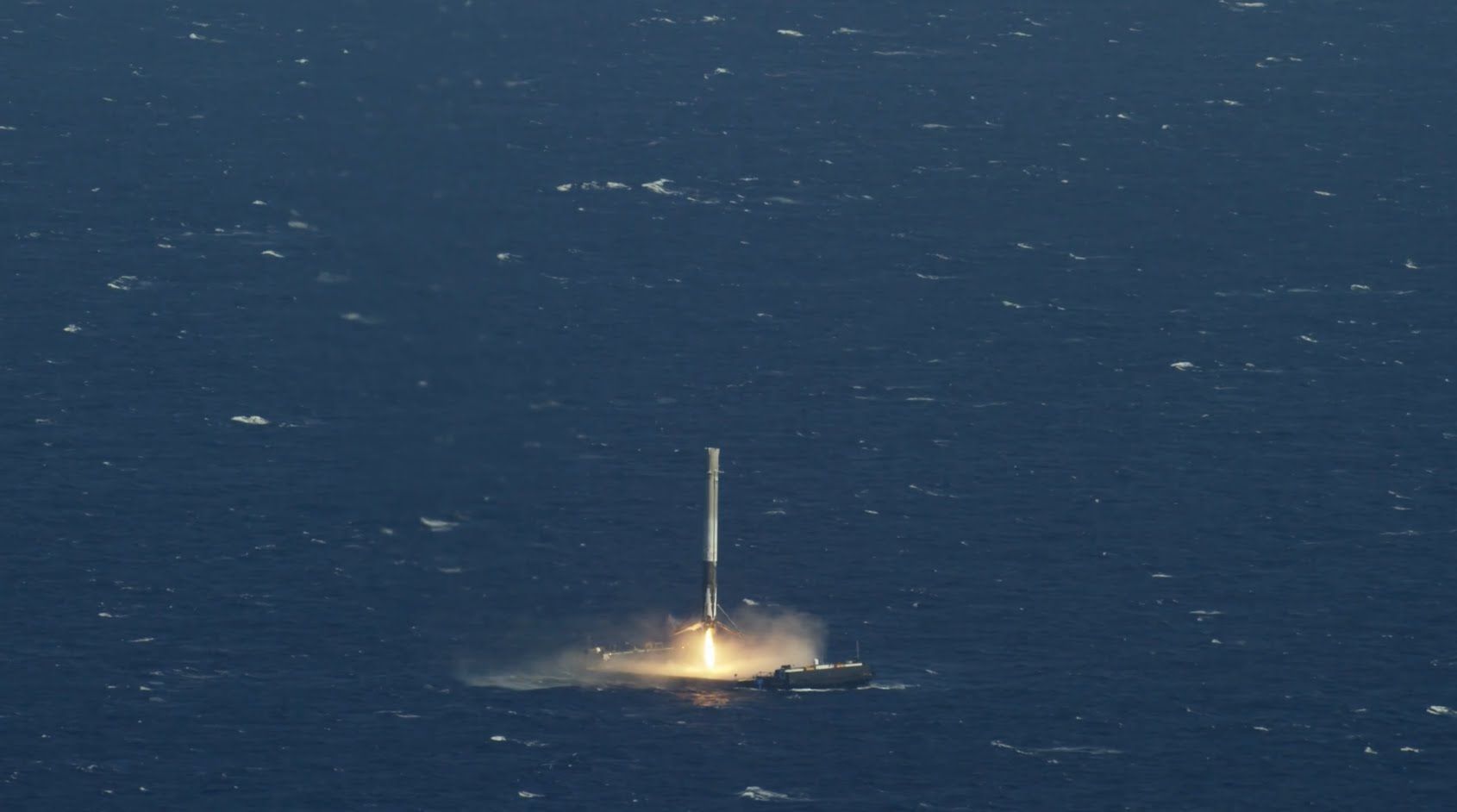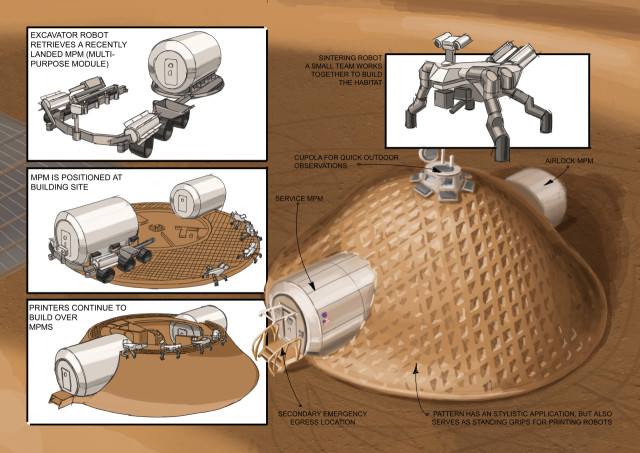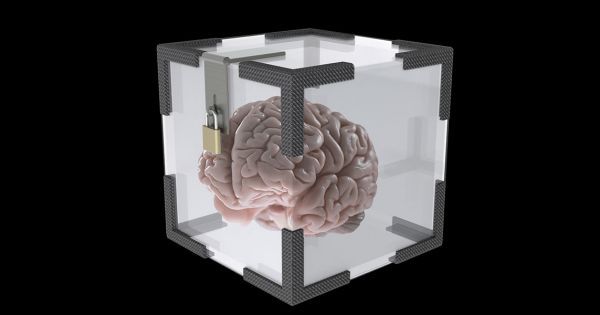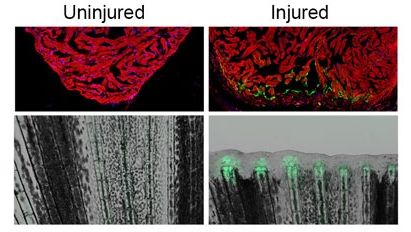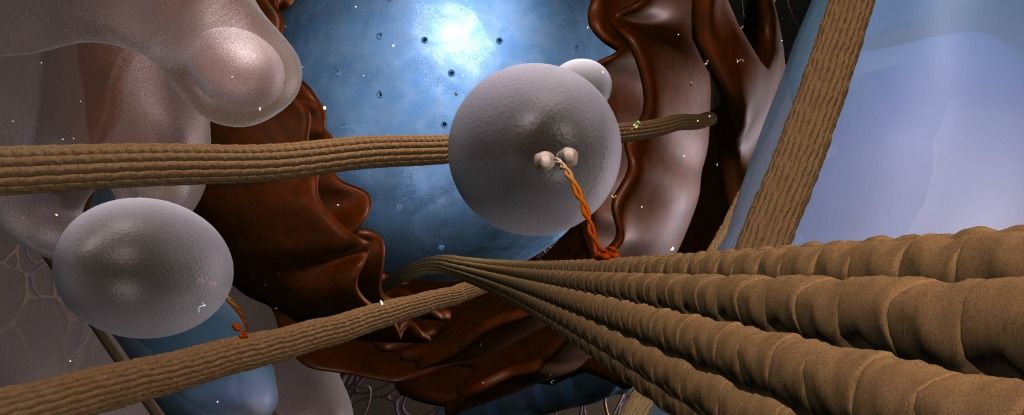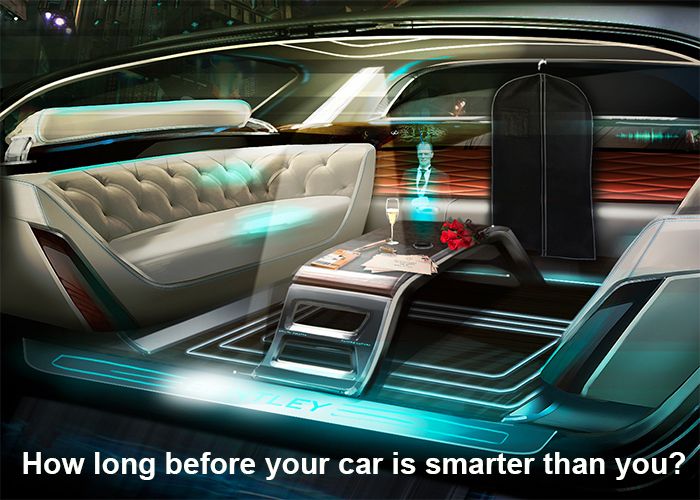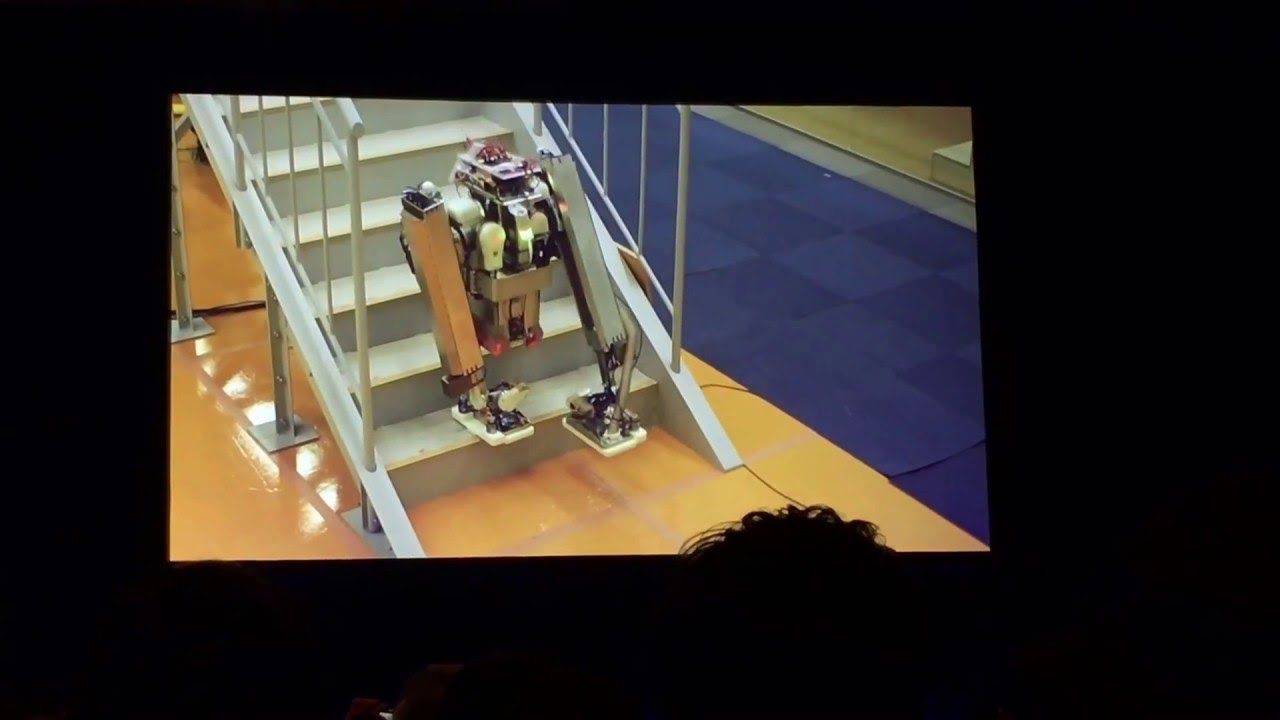Apr 9, 2016
Watch SpaceX’s historic ocean landing in crystal-clear 4K
Posted by Klaus Baldauf in categories: drones, robotics/AI, space travel
Still haven’t had enough of SpaceX’s rocket landing in the middle of the ocean? Well, new 4K video is here to satisfy you and then make you hungry for more. Late last night, SpaceX released high-definition footage taken from a chase plane, showing the Falcon 9’s delicate descent onto the autonomous drone ship “Of Course I Still Love You.”
The extra detail gives you a nice glimpse into how the rocket’s legs deployed just prior to landing (and that one of the legs seemed to lag behind the rest). It also shows how the vehicle landed a little off its mark. SpaceX probably didn’t want to show off too much by hitting the bulls eye. That just wouldn’t have been fair.
Continue reading “Watch SpaceX’s historic ocean landing in crystal-clear 4K” »
